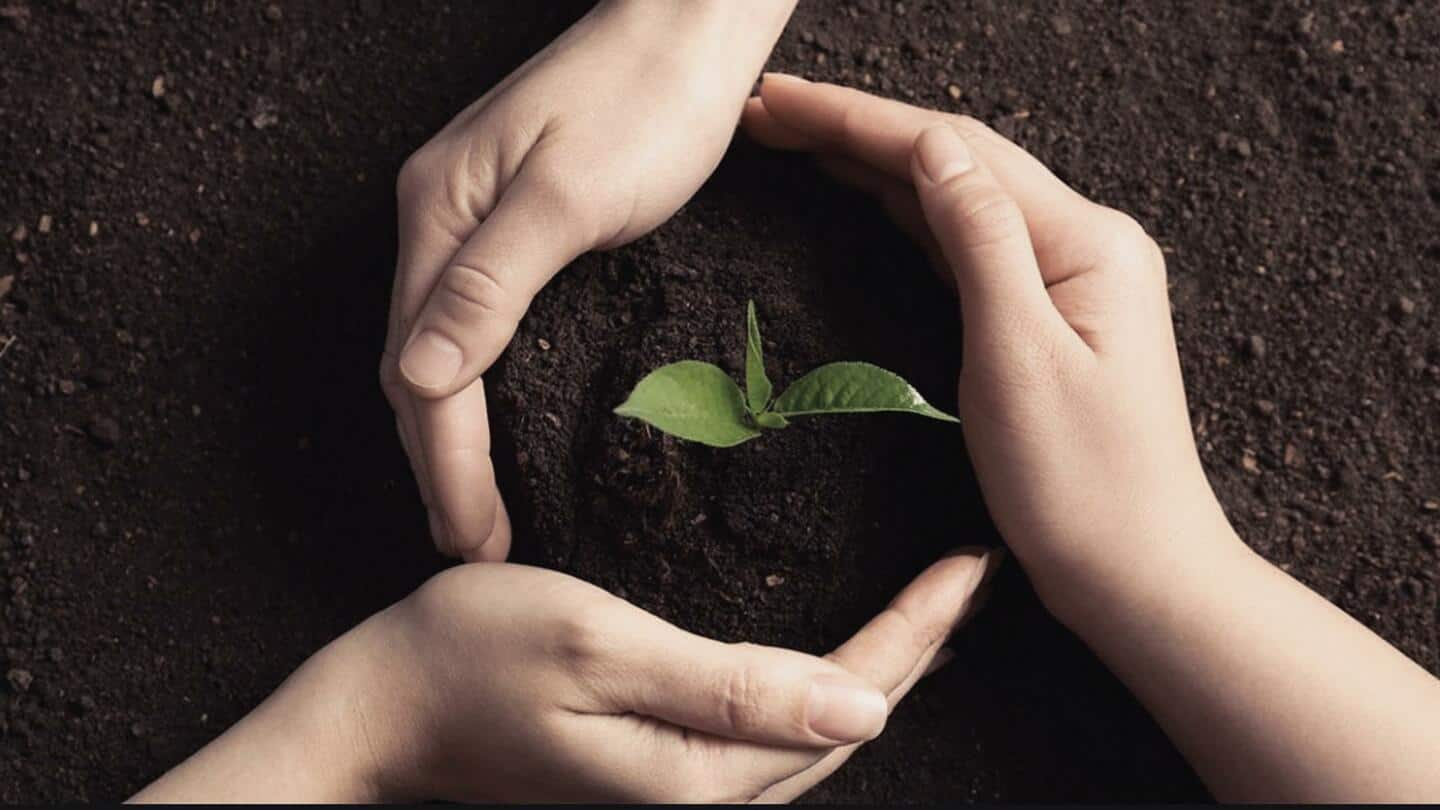
World Soil Day: Your guide to different types of soil
What's the story
World Soil Day is meant to highlight the importance of healthy soil and is observed annually on December 5. You can do your bit by taking care of the soil in your garden. Gardening is just as much about cultivating your soil as it is about growing plants. Read on to know about the types of soil you can have in your garden.
Root vegetables
Sandy soil
Sandy soil has a gritty texture which makes it easier for water to run through easily. It generally isn't nutrient-rich, but if you supplement it enough with organic fertilizers, there's no soil best for root vegetables other than this. You can cultivate root vegetables like carrots, potatoes, lettuce, zucchini, etc. Flowering plants such as gazania, lavender, and crape myrtle prefer sandy soil too.
Alkaline-rich
Chalky soil
Chalky soil is alkaline in nature. Some alkaline-tolerant plants like lilacs, forsythias, grape vines, ivy, jasmine, etc. thrive best in this soil. Alkaline-intolerant plants will suffer nutrient deficiencies which may result in the yellowing of leaves or stunted growth. If you have chalky soil in your garden, you can still control your soil's pH balance with organic compost and grow other plants.
All-rounder
Loamy soil
Loamy soil is mostly composed of sand, silt, and little clay. This soil retains moisture, has enough space for air to reach roots, and drains well. These qualities make it an ideal all-rounder garden soil. You can grow about any plant you want on this nutrient-rich soil. Delphinium, rosemary, carrots, and tomatoes are among the many plants that are best suited for loamy soil.
Water retainer
Clay soil
Clay soil contains very fine mineral particles but not a lot of organic material. Clay soil becomes sticky when wet as they hold more water than any other soil type. Due to this, some plants which do not require much water run the risk of suffering from waterlogging. Clay soil serves plants like hostas, rudbeckia, blazing stars, and butterfly weeds well.
Nutritious
Silty soil
This soil type also retains moisture. The high silt concentration makes it possible for this soil to retain water and hold nutrients. It is ideal for gardening; the only thing you need to do is ensure your garden or pot has good drainage. Mix a little bit of sand to make it drainage-friendly. You can grow khejri, hibiscus, and lavender in this soil.